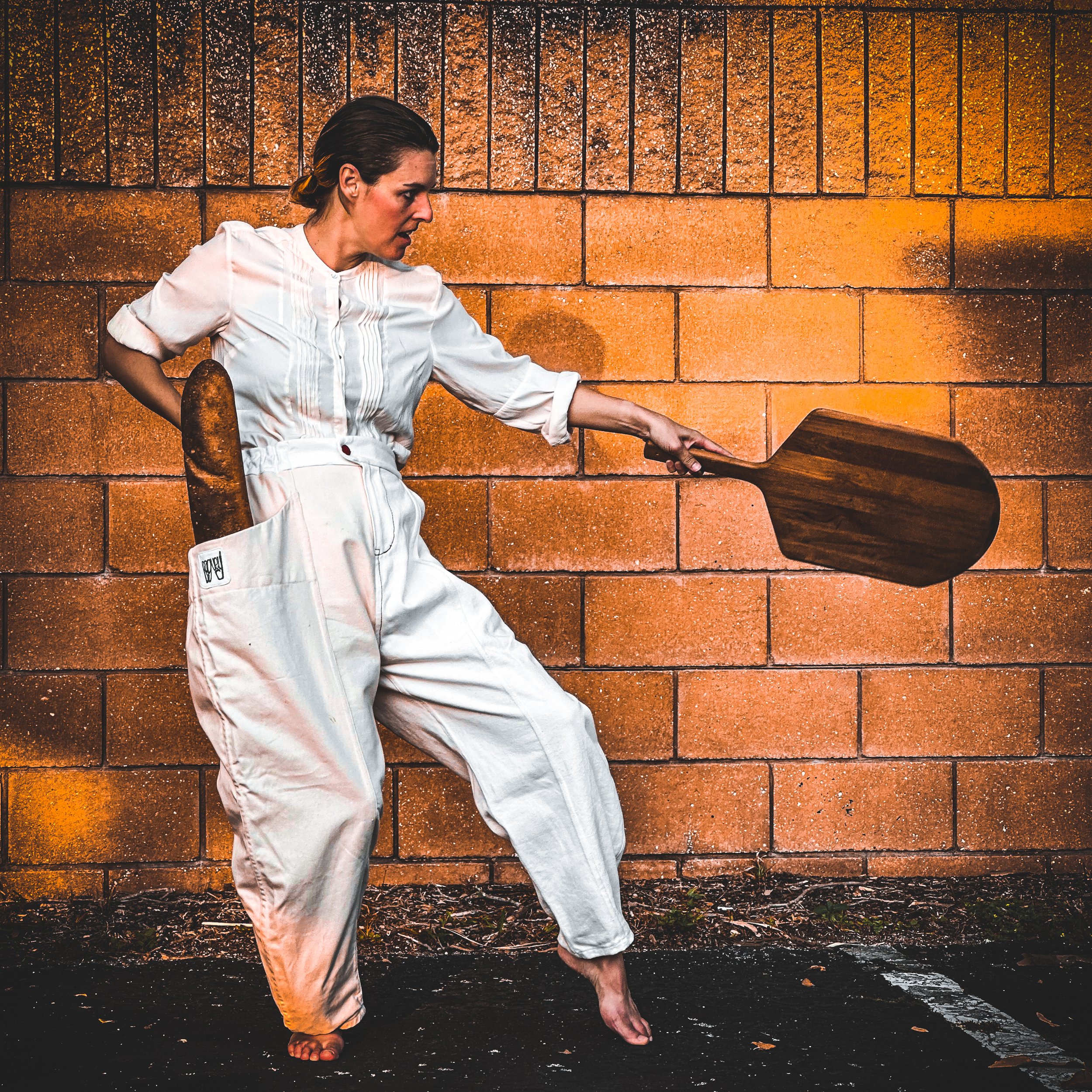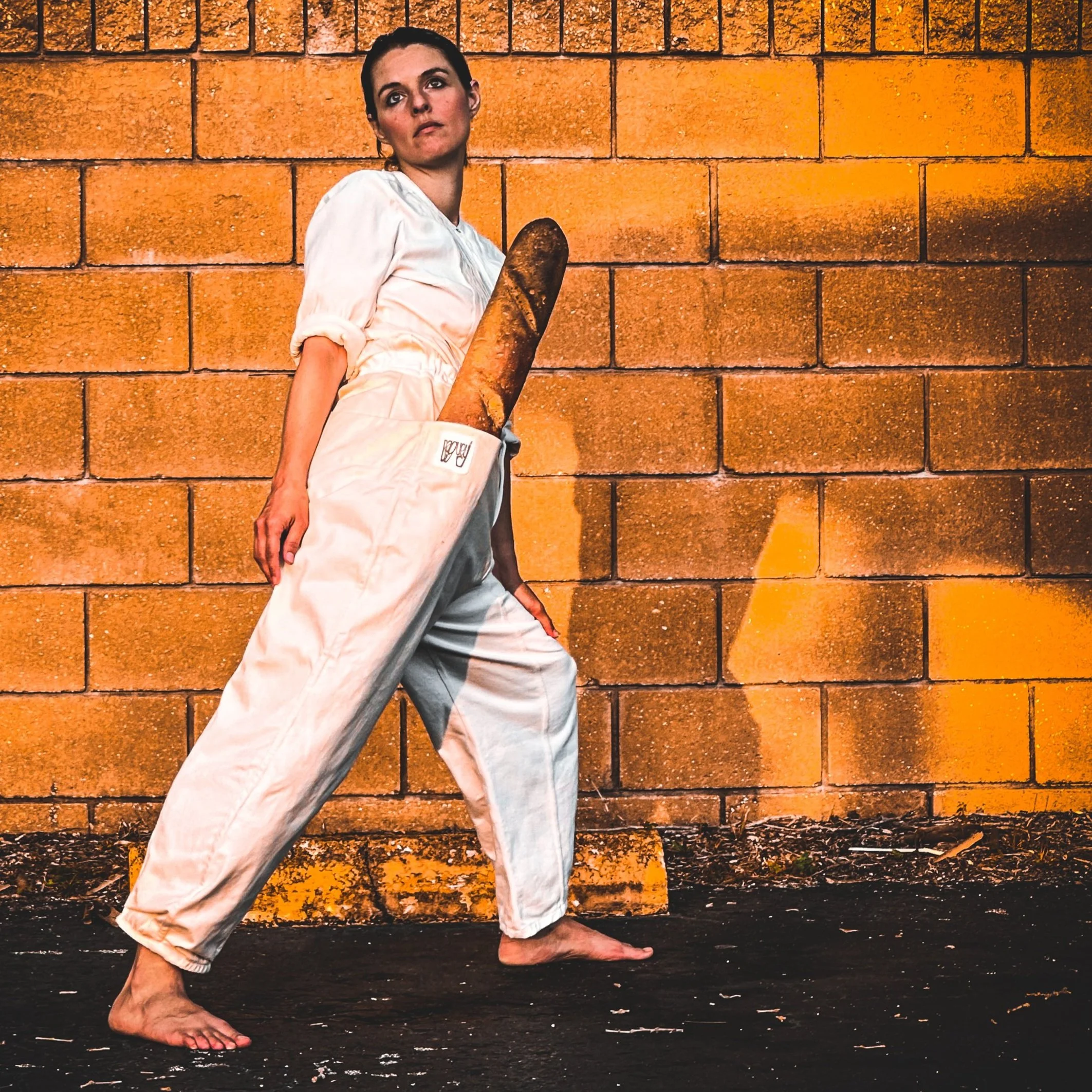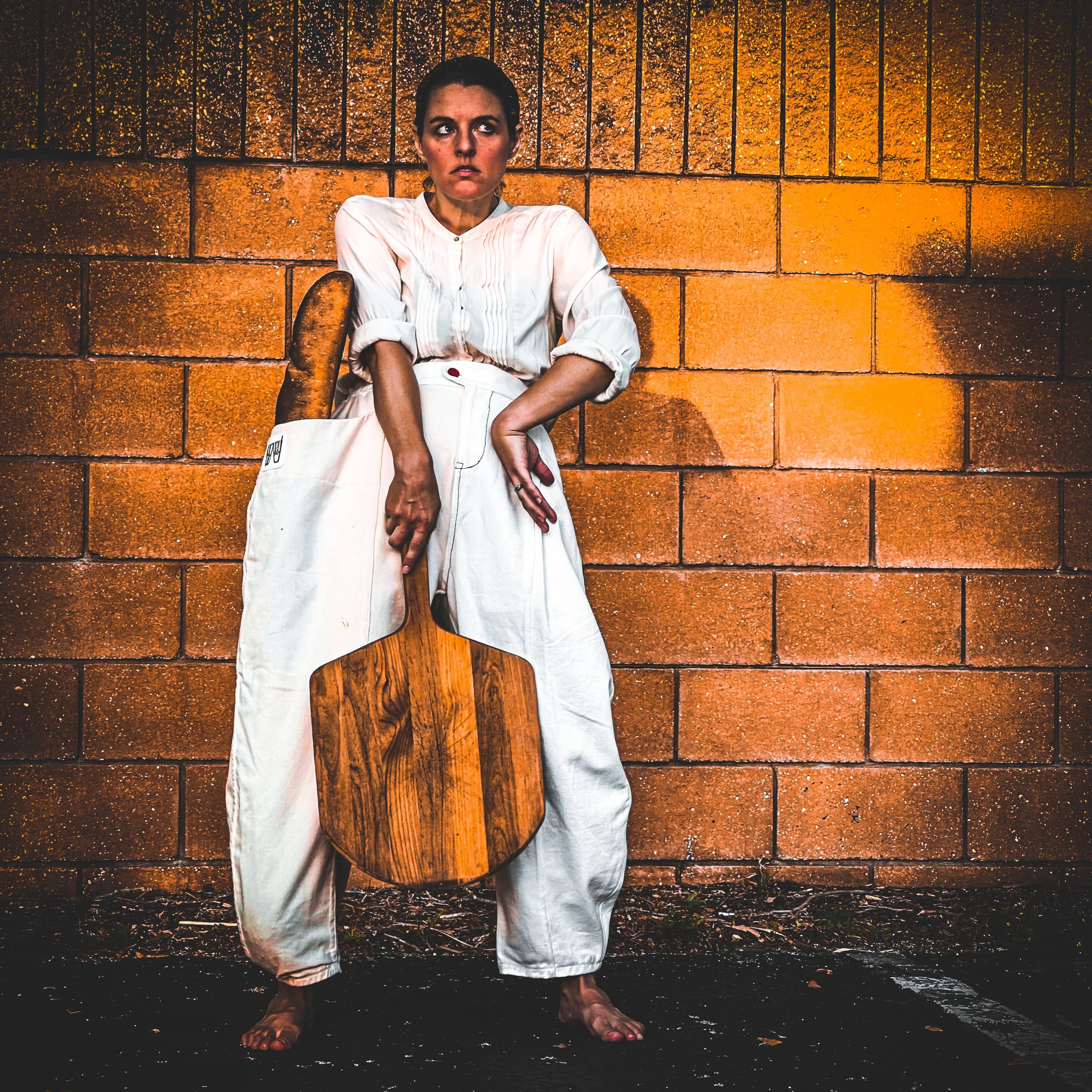
Baguey/bæ' ɡɛ/est. 1982 Paris, Tennessee
She maneuvers through stalls, striding confidently over Provençal cobblestone. Vendors call like birds, birds glide on wind, wind tousles her hair.
A wrong step…
Her heel breaks.
She worries not.
The heels go, her bare feet on warm brick slow her pace.
Her spirit is seen, and it is free.
… B a g u e y …
In all of Western fashion history, women’s pockets have been too small to usefully carry their belongings. The lack of pockets in women’s clothing is a symptom of inequality. There have been limited workarounds, including the Victorian-era tie-on pocket. When Western female fashion silhouettes became more form-fitting, the tie-on pocket was replaced with a separate handbag. BIG PURSE is now a booming industry. However, the pocket problem is still nagging women. Indeed, in many cases, women’s pockets are no more than embellishments stitched on without the inclusion of an actual pocket bag. We women are reduced to a picture of a pocket.
Baguey introduces a new picture—workwear-inspired pants for the modern woman. Outfitted with a leg-length pocket, Baguey is suitable to carry a 5-foot (hand-sculpted foam) baguette, allowing the wearer to bring home the most bread; indeed, in Baguey pants, she can safely and comfortably participate in capitalism, as a consumer.
Fashionable and functional, the pants are constructed of heavy twill, and feature reinforced flat-felled seams, and a comfortable elastic-back waistband. The large pocket is stitched with red thread, which, in many cultures, is associated with protection and acts as a talisman to ward off evil or misfortune.










